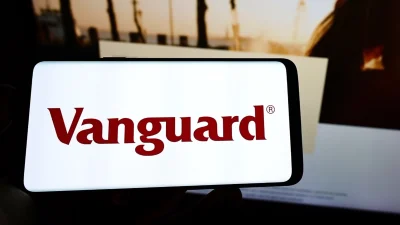Hedge funds making a conservative return



Despite hedge funds' average net annual return at 15.6 per cent, a 13.5 per cent increase since 2010, the rate of growth seems to be conservative, according to Australian Securities and Investments Commission (ASIC) data.
After the global financial crisis investors avoided hedge funds but returns gained rapid growth between 2010 and 2012 with returns at 2.1 per cent and 7.8 per cent respectively.
ASIC's 2014 hedge fund survey found that hedge funds only manage four per cent of all Australian managed fund assets.
Out of the country's $2,407 billion managed funds industry, single manager hedge funds accounted for $83.7 billion, and funds of hedge funds $12.2 billion. More than half of these hedge funds hold less than $50 million each.
The survey also found that retail director investors accounted for 17 per cent of investors by net asset value, and 49 per cent through an investor directed portfolio services (IDPS). In 2012, the retail direct investors accounted for 9.7 per cent, and IDPS 2.1 per cent.
ASIC said this change was on the back of managers' lack of detailed information about the investor types, and changes to how managers classify investors.
Listed equities were found to have the greatest exposures with net investments valued at more than $26.3 billion, followed by cash at $5.7 billion.
ASIC also noted that since 2012 the largest geographic exposure is no longer Australia, but North America with 29 per cent of net asset value. This was followed by Asia-Pacific (ex-Australia) at 26 per cent, and Australia at 25 per cent.
Recommended for you
Natixis Investment Managers has hired a distribution director to specifically focus on the firm’s work with research firms and consultants.
The use of total portfolio approaches by asset allocators is putting pressure on fund managers with outperformance being “no longer sufficient” when it comes to fund development.
With evergreen funds being used by financial advisers for their liquidity benefits, Harbourvest is forecasting they are set to grow by around 20 per cent a year to surpass US$1 trillion by 2029.
Total monthly ETF inflows declined by 28 per cent from highs in November with Vanguard’s $21bn Australian Shares ETF faring worst in outflows.










